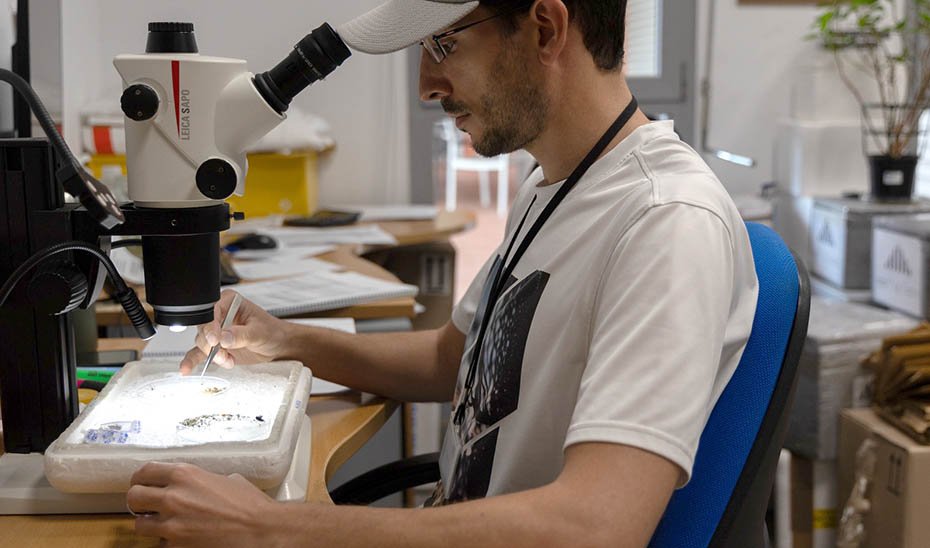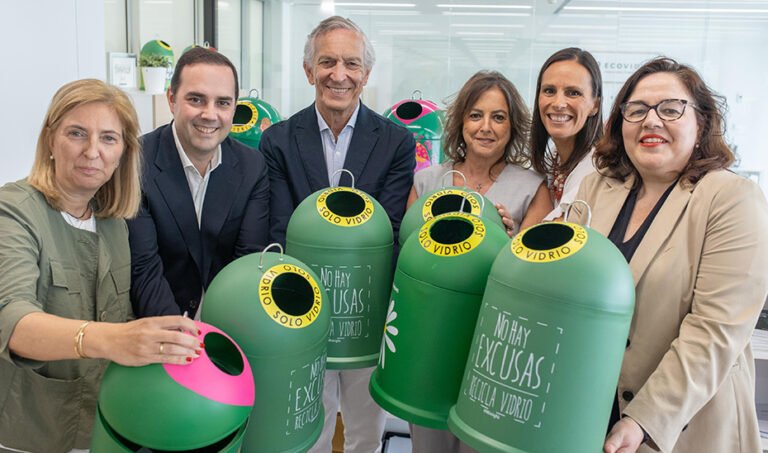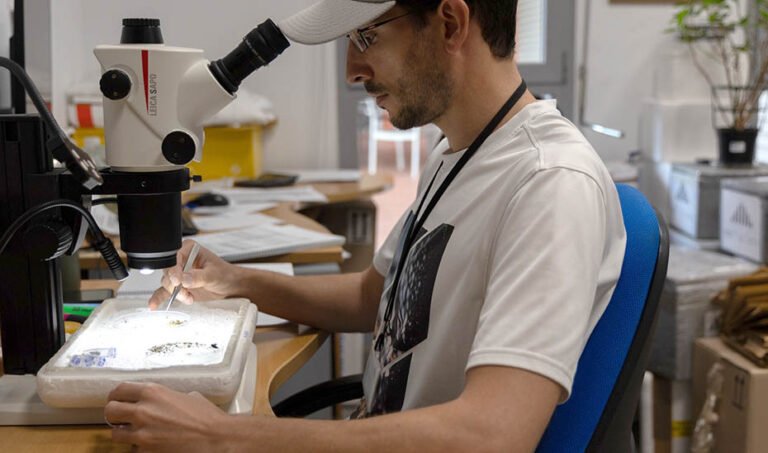
La human, entomological, and animal surveillance of the West Nile virus (WNV), measures included in the Comprehensive Vector Surveillance and Control Program for West Nile Fever for 2025 of the Ministry of Health and Consumption of the Andalusian Government, rules out the circulation of the virus in the fourth week of June in the whole of Andalusia.
However, areas in alert remain El Alquián and Retamar-El Toyo neighborhoods in Almería for two more weeks, as established in the Comprehensive Vector Surveillance and Control Program for West Nile Fever for the 2025 season, after the detection of virus-carrying mosquitoes by PCR in the June 11 sample. Subsequent samples have not detected the presence of the virus.
Based on the data obtained so far, the Directorate General of Public Health and Pharmaceutical Regulation confirms that the detected WNV in Almería corresponds to lineage 2, different from the predominant lineage 1 in the western area, and probably associated with a north-south circulation. However, there are no notable epidemiological or clinical differences between both lineages.
This week, there have been no cases in humans, birds, or equines in the autonomous community. In fact, laboratory studies have been conducted to rule out Nile virus infection in a total of 178 users, and all have tested negative.
From the results of the entomological surveillance information provided by the Ministry and integrating the data contributed by the Doñana Biological Station-CSIC, the Mosquito Control Service of the Huelva Provincial Council, and the various provincial councils, with a current total of 136 traps already installed distributed throughout the eight Andalusian provinces, it is confirmed that the circulation of WNV has not been detected in the latest available analyses. T
Regarding the observed mosquito densities in the fourth week of June, the traps distributed in the municipalities of La Puebla del Río (Dehesa de Abajo, Sevilla) and Guadalcázar (Córdoba) show a high presence (from 500 to 999) of female mosquitoes of WNV transmissible species, while traps in La Puebla del Río (Brazo del Este), in the province of Seville; Campillos, Fuente de Piedra, and Mijas (Málaga); La Carlota and La Rambla (Córdoba) and Andújar, Arquillos, Baeza, Ibros, Linares, and Navas de San Juan (Jaén) and Pinos Puente (Granada) show moderate presence (from 100 to 499) of these mosquitoes. The rest of the traps set up across the community provide low values of transmissible species. So far, all virus detection results by PCR are negative, except for the positive in Almería, reported on June 20.
The traps have been placed in municipalities classified as high Risk Level (NR), either because they have a high probability index of WNV circulation or because the municipality’s situation is suitable for early identification of a possible virus circulation expansion. The objective is the early detection of the increase in transmissible mosquito density and virus circulation in them, to inform the local administration and that it intensifies surveillance, control, and communication actions in its territory, thus reducing the chances of transmission to humans, as well as having real-time information to be able to anticipate actions to be taken (increase health messages directed at the population, intensify collaboration between involved administrations, etc.).
The criteria used for the location of traps in the selected territories have been areas where a significant abundance of the four main vector species of the virus is expected prior to its presence in population centers, i.e., areas with stagnant water with low salinity, green areas that are adult refuges, near those population centers.
Update of the Comprehensive Vector Surveillance and Control Program for WNV
The Ministry of Health and Consumption approved the update of the Comprehensive Vector Surveillance and Control Program for West Nile Fever for the 2025 season last February, in which over 250 professionals participated, including municipalities, provincial councils, scientific groups, public health inspectors, and companies, through meetings held between December and January last year.
This program establishes that all municipalities in Andalusia are included in some risk level and, therefore, all have a need for virus control, as in the previous season it was found that the transmitting mosquito species (culex) are present throughout the Andalusian territory. These risk levels have been reduced to three (low, medium, and high) to facilitate understanding by all stakeholders, including the population, as well as the prevention and control measures associated with each level. In total, Andalusia has 104 municipalities at high risk (after the increase in Almería), 313 at medium risk, and 368 at low risk.
Currently, the municipality of Almería is at high risk (after the declaration of the alert area in two of its population centers) – the only case that has increased its risk level since the beginning of the season – 16 municipalities in the province of Cádiz, 11 in Córdoba, four in Granada, 15 in Huelva, seven in Jaén, nine in Málaga, and 42 in Seville.
Monitoring by Public Health
In March, all municipalities were informed of their risk level, and Public Health inspectors (over 400 deployed throughout Andalusia) contacted them to provide technical advice on the implementation of surveillance and control measures, which should cover the whole year with the aim of keeping mosquito populations as low as possible by the peak virus circulation season, from June to October.
These agents have carried out 1,341 verifications in a total of 765 municipalities. It has been found that in 136 low-risk municipalities (37% of those in this situation), a Mosquito Control Plan (PCM) is implemented or some related action has been taken. On the other hand, 105 (29%) low-risk municipalities adopt appropriate surveillance and control measures.
In the case of municipalities with medium and high risk levels, a total of 292 (70%) have a Municipal Vector Surveillance and Control Plan (PMVCV) or have taken some related action. Additionally, in 239 (57%) municipalities with medium or high risk levels, appropriate surveillance, control, and communication measures are adopted. In 210 municipalities with these higher risk levels, sewers and other control points have been reviewed.






